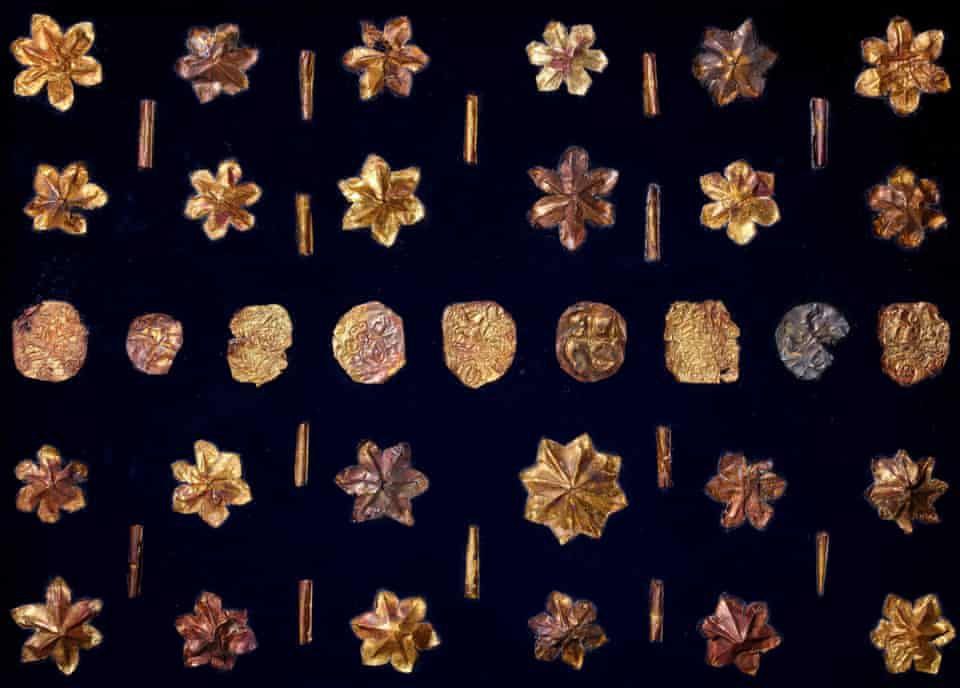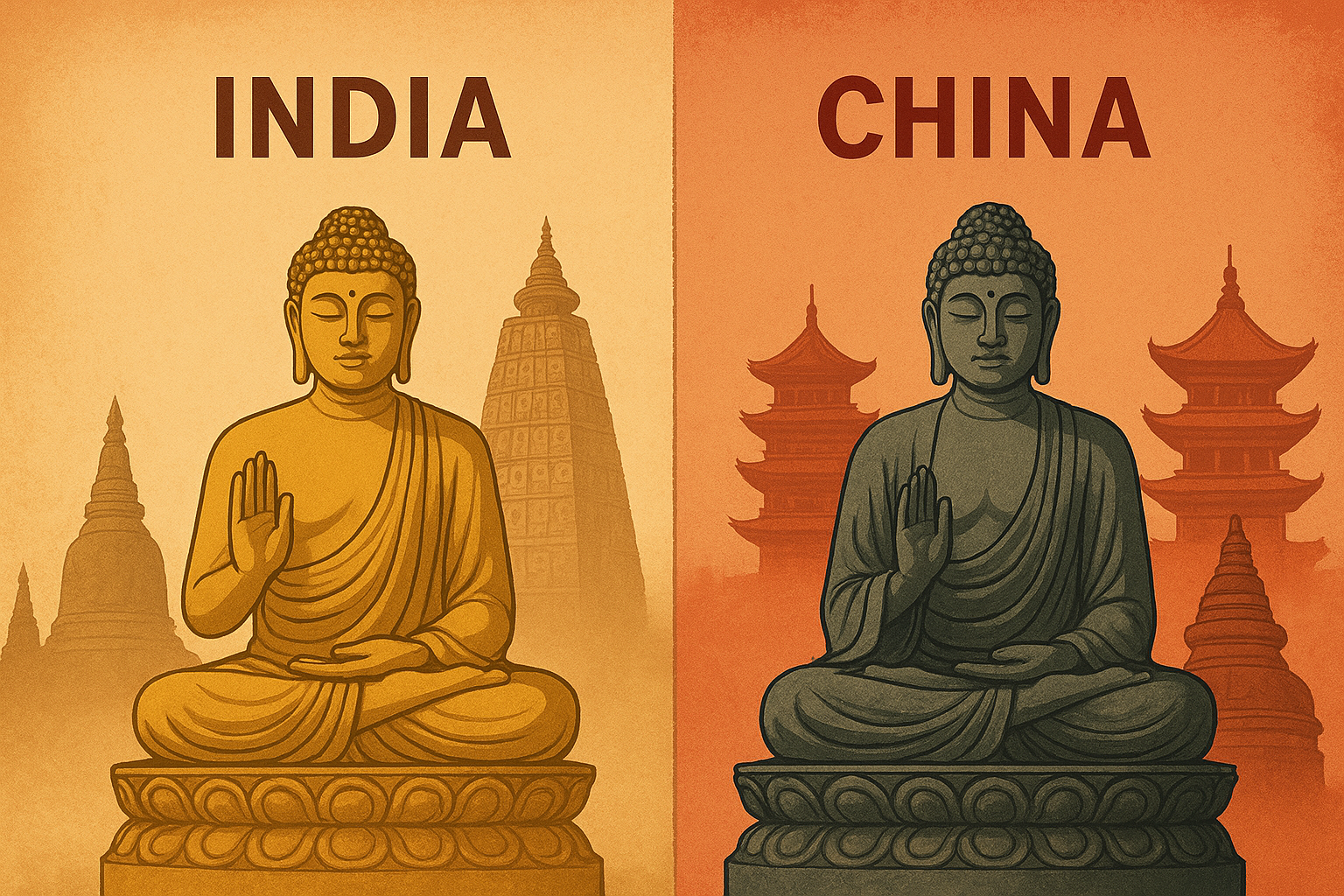Introduction
The discovery of the Piprahwa Stupa and its precious relics marks one of the most significant archaeological revelations in Buddhist history. Situated in Piprahwa village, near Siddharthnagar city in the Lumbini region of Uttar Pradesh, Bharat (India), this ancient site is believed to enshrine the relics of Gautama Buddha himself. The findings not only reaffirm the deep historical and cultural connections between India and Buddhism but also illuminate the pious devotion of the Śākyas (Sakyans) — the Buddha’s own clan.
Discovery and Excavation

The Piprahwa Stupa was first excavated in 1898 by William Claxton Peppé, a British planter who owned the Piprahwa estate. While excavating a large earthen mound, Peppé uncovered a series of stone caskets and jewel-studded reliquaries. Within these caskets were fragments of charred bone, crystal, carnelian, garnet, and other precious gems — all sealed within a beautifully inscribed stone box.
These relics were later identified as belonging to Lord Buddha, based on the ancient Brahmi inscription engraved upon the reliquary itself.
The Ashokan Connection
Scholarly studies and epigraphic analysis date the relics and the casket to around 230 BCE, placing them within the reign of Emperor Ashoka the Great (r. c. 268–232 BCE) of the Maurya Empire. Ashoka, after his profound transformation following the Kalinga War, embraced Buddhism and initiated the grand project of redistributing and enshrining the Buddha’s corporeal relics across his empire and beyond.
The Piprahwa reliquary is believed to be one of these Ashokan stupas, built to house the sacred remains of the Enlightened One, ensuring that his teachings spread to the farthest corners of the realm.
The Inscription
The stone reliquary bears an inscription in early Brahmi script, which reads:
“Sukiti-bhatinaṃ sabhaginikanam sa-puta-dalanam iyaṃ salila-nidhane Budhasa bhagavate sakiyanam.”
This is translated as:
“This shrine for the relics of the Blessed Buddha of the Sakyas is the donation of the brothers Sukiti, together with their sisters, sons, and wives.”
This inscription provides clear evidence that the relics were enshrined by members of the Śākya clan, the same family lineage from which Prince Siddhartha Gautama — the Buddha — was born. It is one of the earliest and most direct epigraphic attestations to the Buddha’s historical existence and veneration.
The Piprahwa Gems

The reliquary contained a dazzling collection of precious stones — rubies, garnets, crystal beads, and gold fragments — collectively referred to as the Piprahwa gems. These gems were likely offerings placed alongside the relics as symbols of devotion and reverence. Their exquisite craftsmanship reflects the advanced artistry and deep spiritual sentiment of the Mauryan period.
Significance to Buddhist Heritage
The Piprahwa discovery strengthens the historical and geographical identity of the Lumbini–Kapilavastu region as the heartland of early Buddhism. It also substantiates the long-held Buddhist tradition that the Buddha’s relics were divided among eight claimants after his Mahāparinirvāṇa at Kushinagar and later redistributed by Emperor Ashoka.
Today, Piprahwa stands as a sacred site for Buddhists and historians alike — a physical testimony to the enduring message of the Tathāgata and the cultural unity of the ancient Indian subcontinent.
Conclusion
The Piprahwa Stupa, with its gems and reliquary inscription, embodies both the spiritual legacy of the Buddha and the historical depth of India’s Buddhist civilization. As a link between faith, archaeology, and royal patronage, it continues to inspire devotion, research, and international dialogue. In the quiet soil of Siddharthnagar, beneath layers of time, rests a treasure that transcends centuries — the living memory of the Blessed One, the Buddha Bhagavān.



